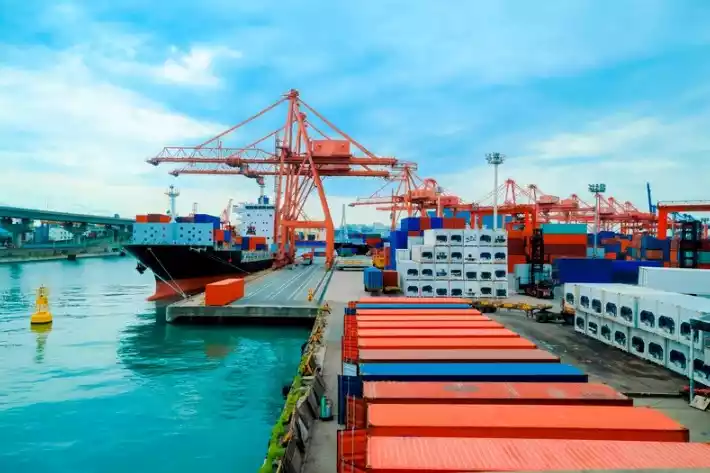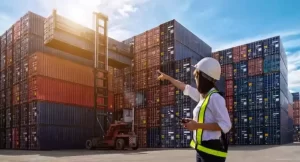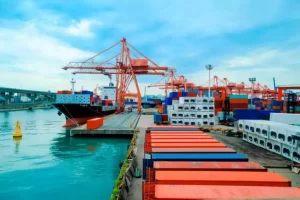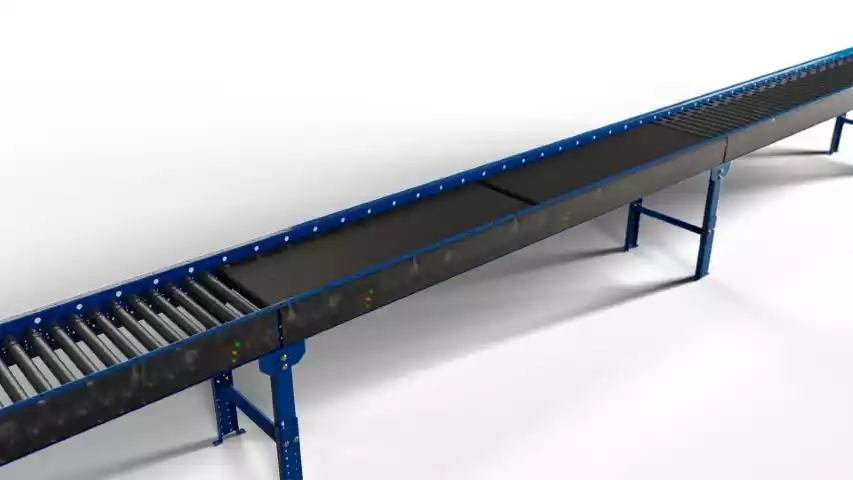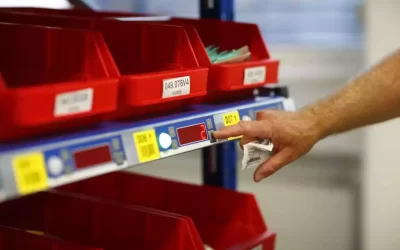Let’s talk about what’s actually going on at the ports right now. Beginning January 7, 2025, labor strikes are expected to disrupt operations at several major ports around the world. Automation plays a role in managing these disruptions. While the reasons for the strikes are complex, one of the key issues revolves around labor conditions and wages.
For workers, this is a fight for better compensation and job security. For businesses, however, the strikes could cause huge delays, skyrocketing costs, and even supply chain breakdowns.
So, what can be done to avoid these disruptions? One possible solution is the increased adoption of port automation technology. Here’s why:
Increased Efficiency
Automation helps ports and terminals move more cargo more quickly, without relying solely on human labor. Machines don’t need lunch breaks, don’t get tired, and don’t have sick days.
While a strike might cause human workers to stop working, an automated system can keep running (often with some human oversight, of course). This is key in maintaining a steady flow of goods and port operations—even during labor disputes. Automated systems operate efficiently, ensuring that cargo processes and prepares for shipment without major delays.
Reducing Bottlenecks
The key to managing any large-scale operation is avoiding bottlenecks—when something gets stuck or delayed. In ports, congestion and delays happen when workers aren’t available to handle the volume of incoming shipments.
Automation in material handling helps reduce bottlenecks, allowing ports to process cargo in real-time, even during workforce disruptions. Automated systems, like gates and cargo robots, help keep goods moving smoothly during labor strikes.
Minimizing Human Error
Automation systems reduce the margin for error dramatically. Human workers are prone to mistakes, especially under pressure. Automation helps terminal operators maintain smooth operations by providing consistent, accurate handling of cargo. This becomes especially crucial when labor strikes and automation put more stress on human workers.
Automation reduces errors, improving decision-making and keeping port operations running smoothly. Additionally, automation helps businesses capture real-time data that improves overall decision-making and increases the accuracy of logistics management, further enhancing efficiency.
Cost Savings
Beyond just improving efficiency and reducing errors, automation also offers significant cost savings. Automation reduces the need for a large workforce during labor unrest, helping ports avoid overtime and temporary labor costs. Automated systems improve throughput and reduce downtime, making ports more competitive in a volatile industry.
